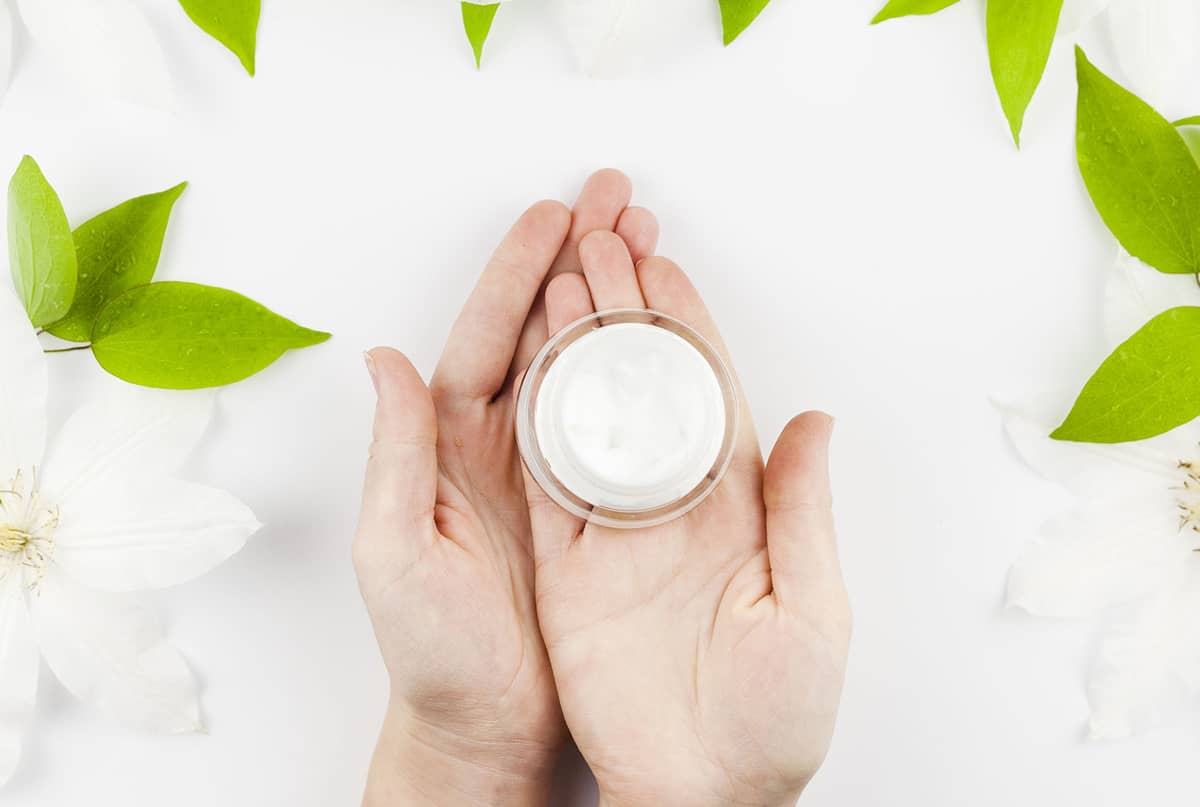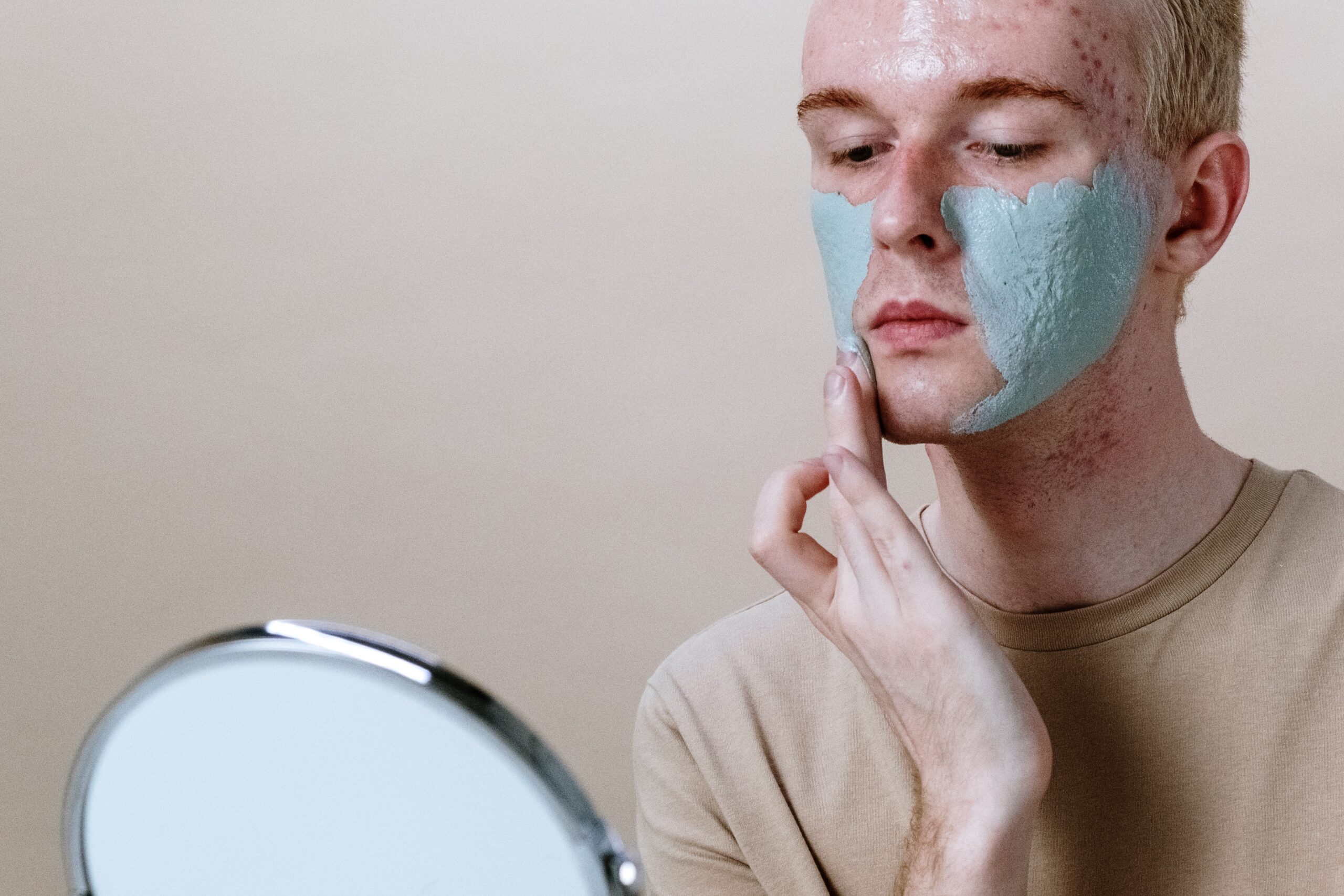
Oral Antibiotic Treatments for Acne
For those dealing with 10 or more cystic acne lesions, oral antibiotics are often the go-to treatment, especially for moderate to severe cases with inflammation. These antibiotics work by reducing bacteria levels and associated inflammation. Commonly prescribed options include tetracycline, doxycycline, and minocycline, along with other types like macrolides, co-trimoxazole, and trimethoprim. Treatment usually lasts for 2 to 5 months or until new cysts stop forming.
Effective antibiotics for cystic acne also include cephalexin and cefadroxil. More recently, azithromycin, along with co-trimoxazole and trimethoprim, has shown promise in treating severe acne. Some studies have found success in using a low dose of doxycycline, around 20 mg twice daily, in combination with a delayed-release minocycline tablet for controlling moderate to severe cystic acne. However, more research is needed to confirm these findings.
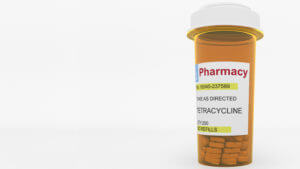
Side Effects Associated With The Use of Oral Antibiotics
Common side effects of oral antibiotics for acne treatment include gastrointestinal issues and vaginal candidiasis. Specific antibiotics have unique side effects: Doxycycline can cause sensitivity to the sun, especially with long-term use, while Minocycline may lead to pigment deposits in the skin, mucous membranes, and teeth.
Long-term use of oral antibiotics poses the risk of antibiotic resistance, not just in acne-causing bacteria like P. acnes, but also in other bacteria found on the skin and in the mouth and nostrils. There’s also a strong correlation between long-term or inappropriate use of oral antibiotics and frequent upper respiratory infections, such as sore throats, coughs, and tonsillitis. As a result, it’s recommended to limit the use of oral antibiotics to shorter durations.
Optimization of Oral Antibiotic Treatments for Cystic Acne
Research indicates that antibiotic-resistant strains of P. acnes, the bacteria involved in cystic acne, are increasing, particularly among oral erythromycin users. Therefore, limiting oral antibiotic use and exploring non-antibiotic options is advised. When antibiotics are used, they should be combined with topical retinoids or benzoyl peroxide, depending on the patient’s acne history. The treatment duration should also be as short as possible.
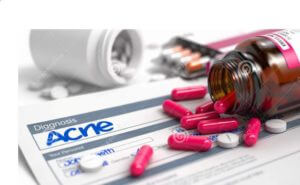
Oral antibiotics are generally reserved for severe acne cases, including cystic acne that hasn’t responded to topical treatments, or for skin types at higher risk for scarring. While effective in reducing outbreaks and inflammation, antibiotics don’t completely resolve acne. Currently, there’s no clear evidence to suggest that one oral antibiotic is more effective than another for treating cystic acne, or that high doses are more effective than low doses.
The choice of oral antibiotics should consider factors like patient preference, side effects, severity of acne, and cost. The typical treatment duration ranges from six to nine weeks, but can extend up to 16 weeks for stubborn cases. If a patient doesn’t respond well, increasing the dose may help. However, if no improvement is seen, discontinuing the antibiotic is advised. Routine maintenance with oral antibiotics is not recommended due to other equally effective treatment options.
To combat antibiotic resistance, benzoyl peroxide can be used to eliminate resistant bacteria. Guidelines from the Global Alliance to Improve Outcomes in Acne recommend using benzoyl peroxide for at least a week between antibiotic courses if treatment extends beyond two months. Given the global rise in antibiotic resistance, careful consideration should be given to the use of oral antibiotics, which are most effective when used in combination with other treatments that unclog skin follicles.
Considering the complexities of acne treatment and the importance of your medical history, it’s crucial to consult a dermatologist for a personalized treatment plan tailored to your unique condition.
- Approximate cost of 30 capsules of tetracycline: $70 to $420 [GoodRx_Tetracycline].
- Approximate cost of 30 capsules of doxycycline: $10 to $40 [GoodRx_Doxycycline].
- Approximate cost of 30 tablets of minocycline: $40 to $180 [GoodRx_Minocycline].
Latest articles

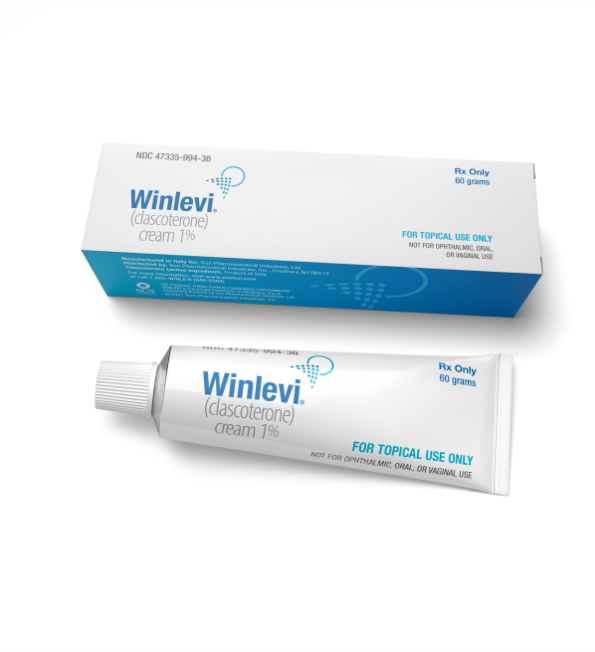
Hormonal Acne Treatment with Topical Creams
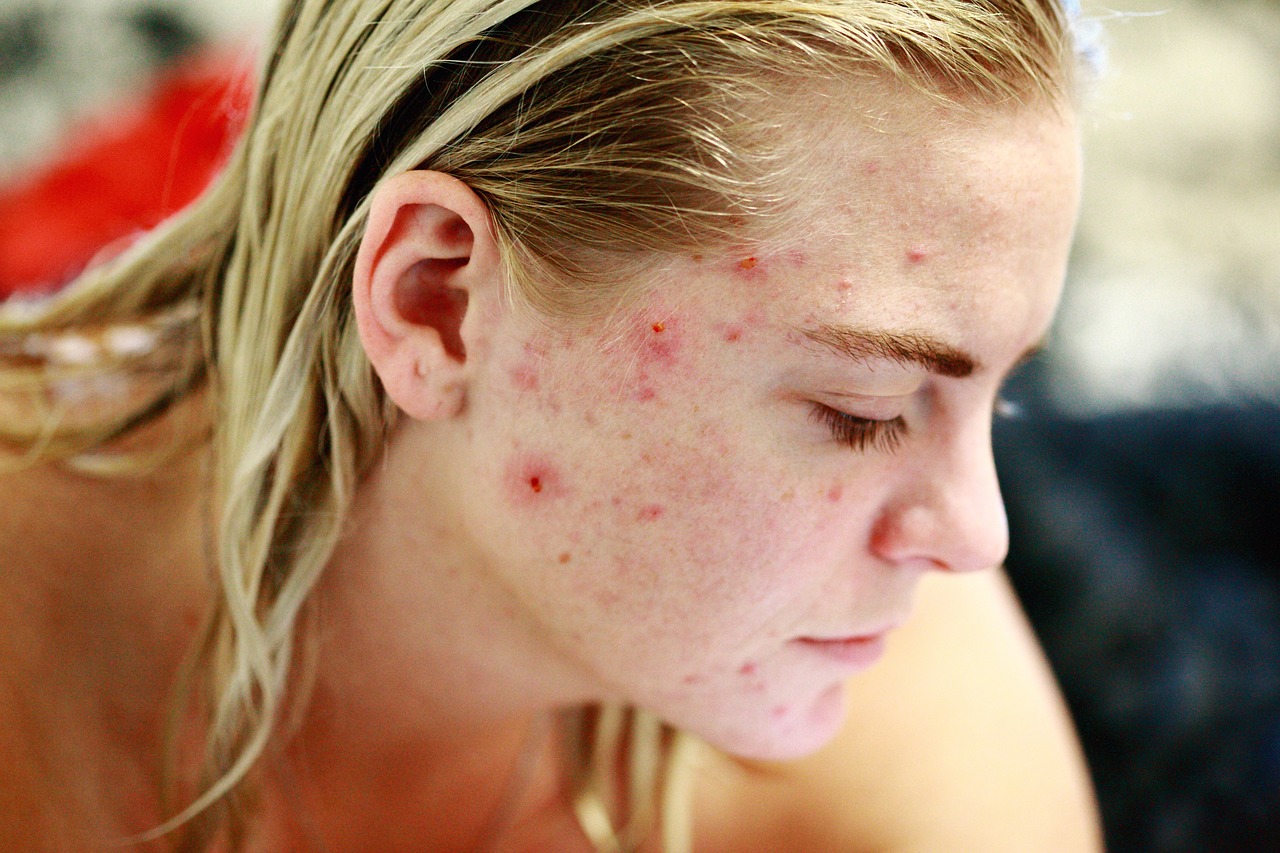
Cystic Acne on the Back: Best Treatment Options
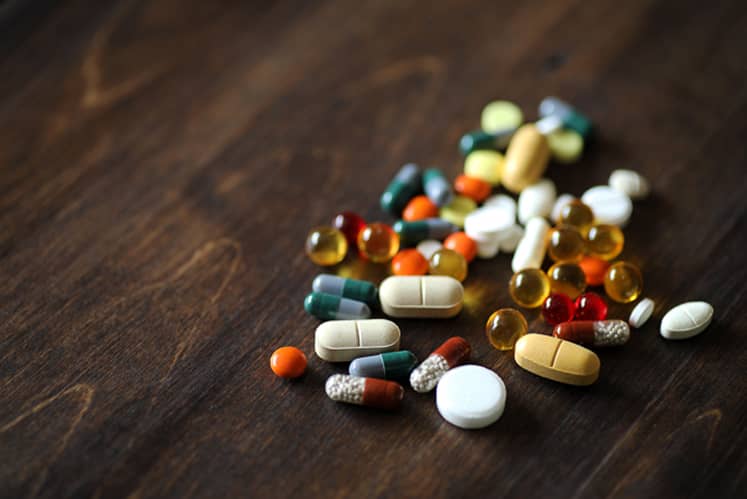
Top Supplements for Treating Cystic Acne
